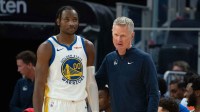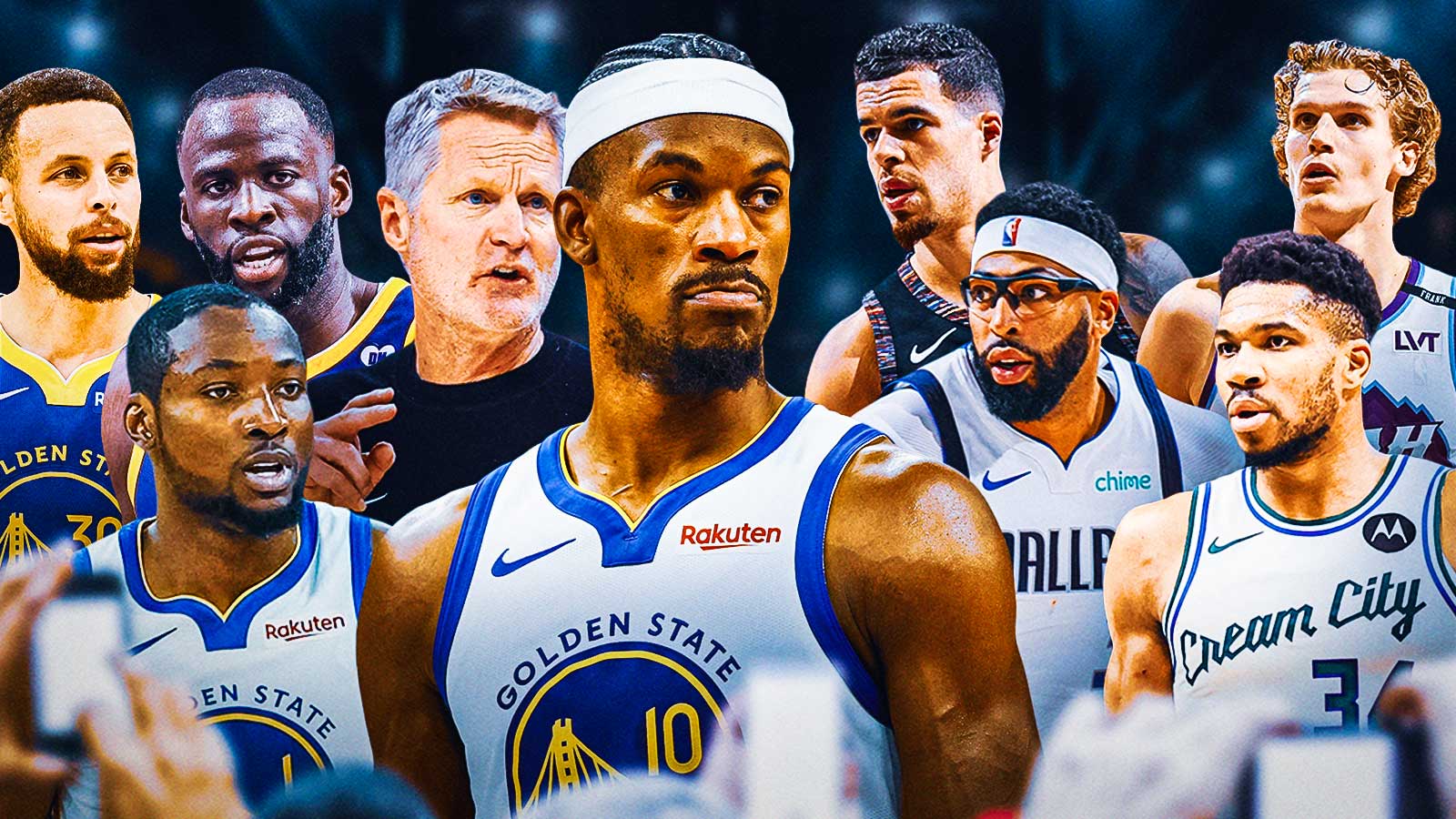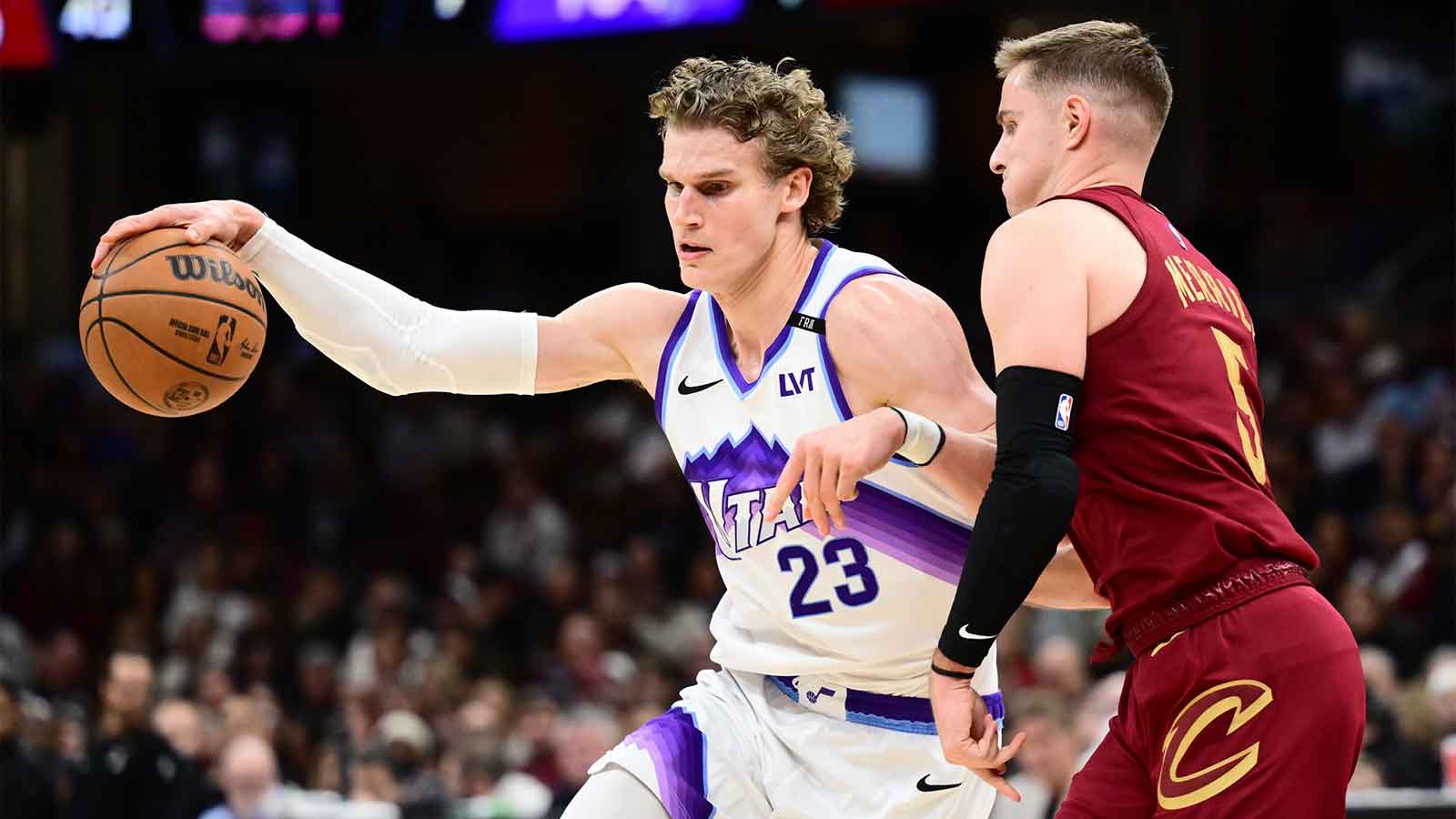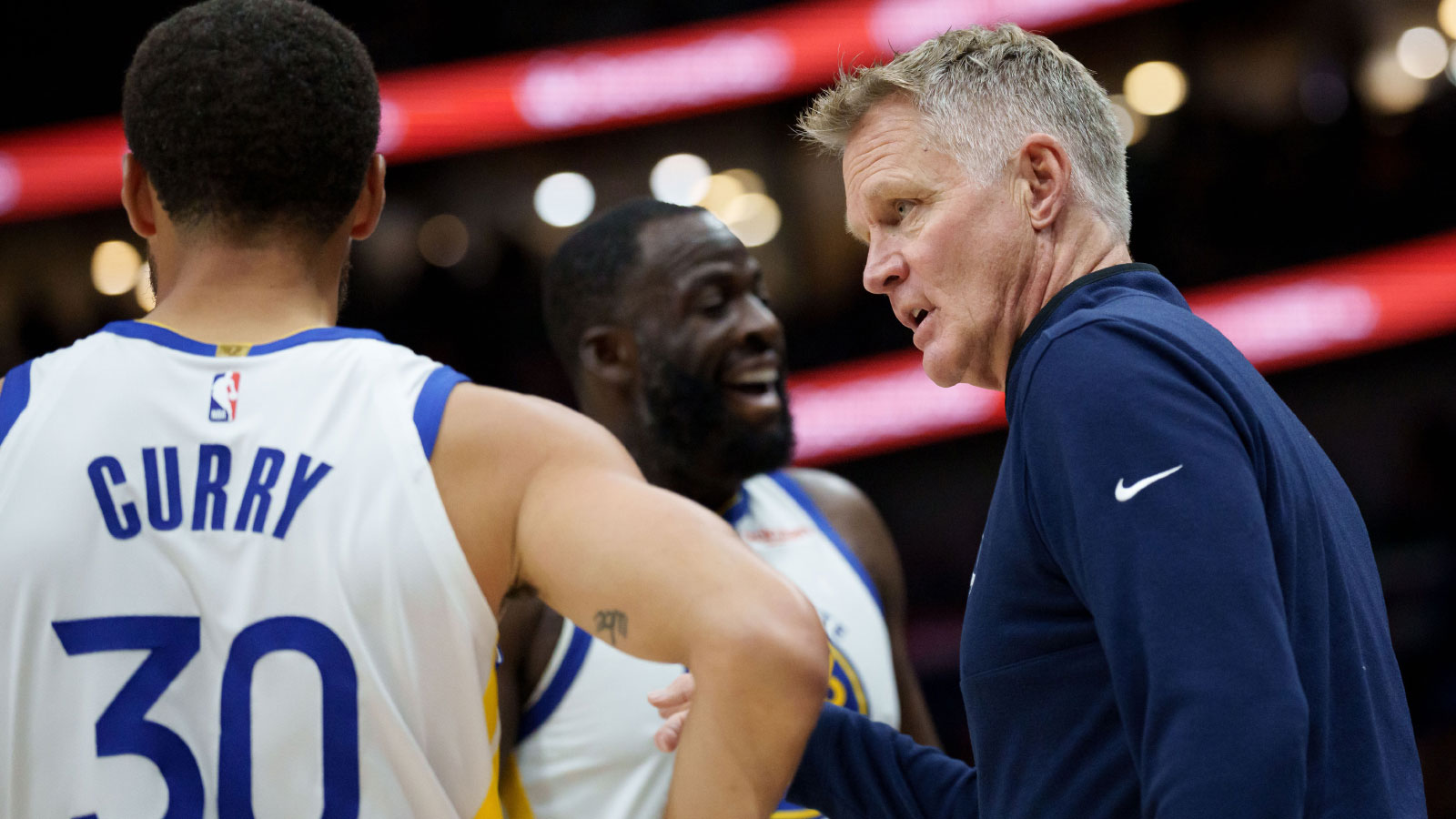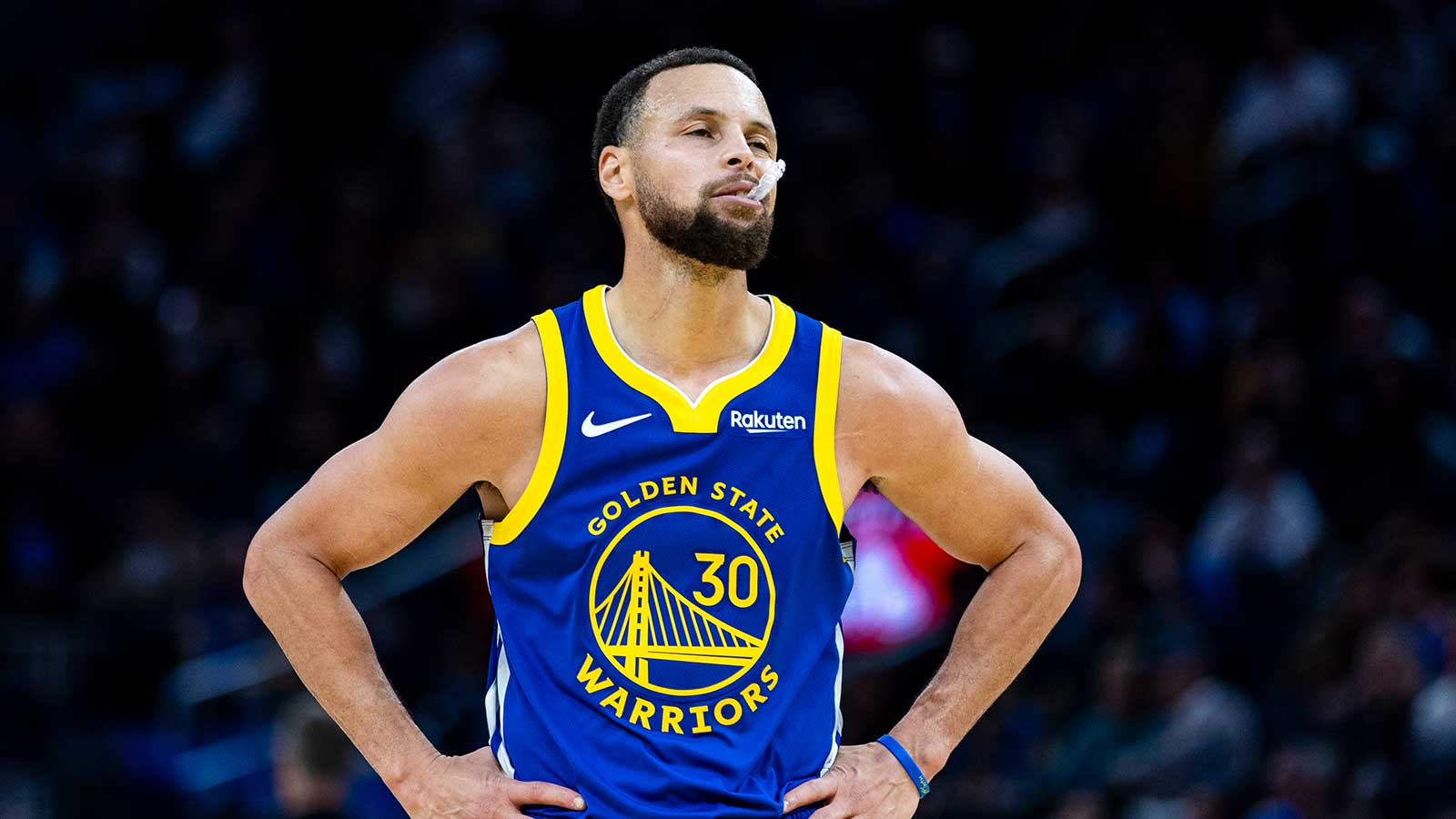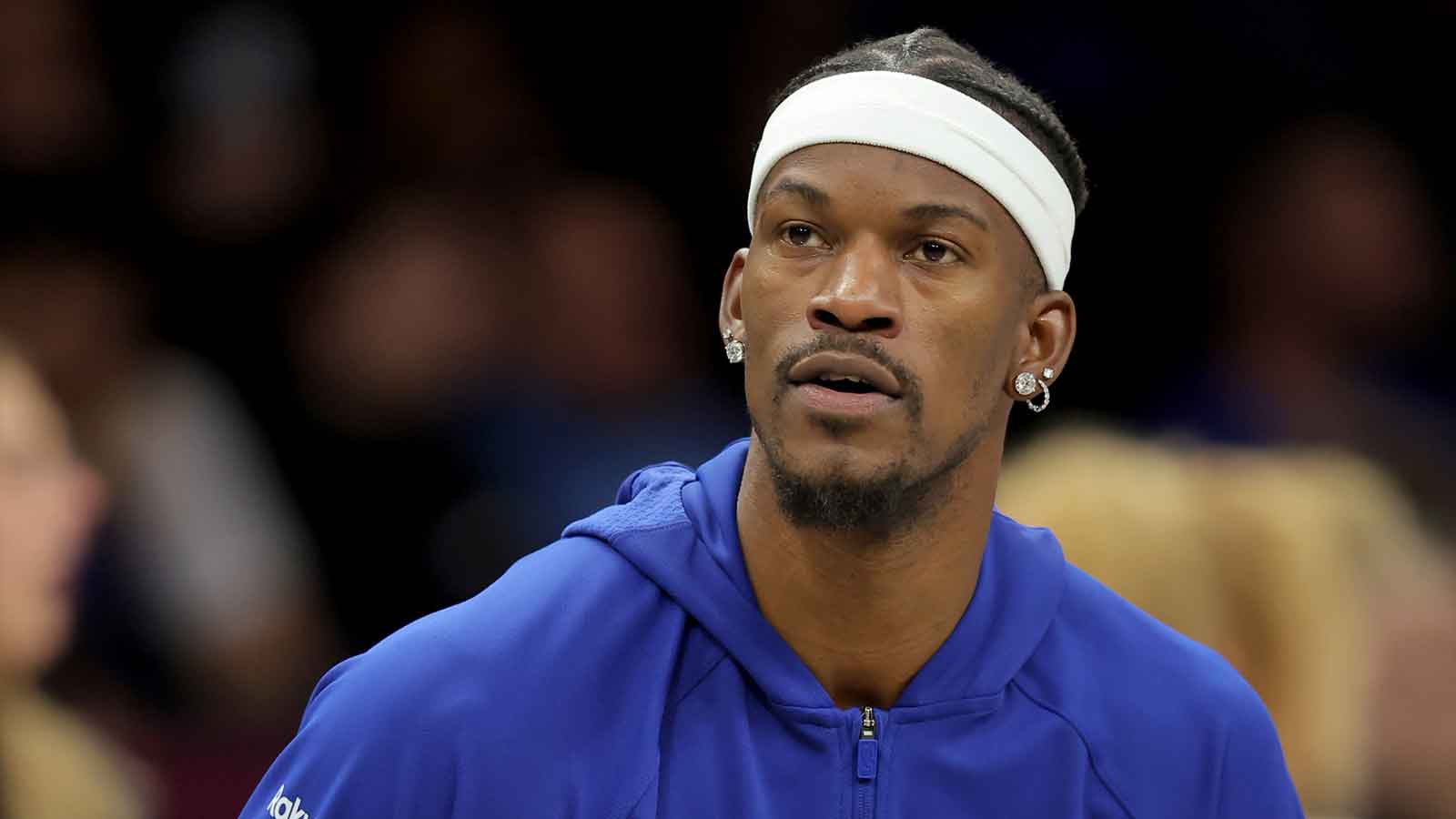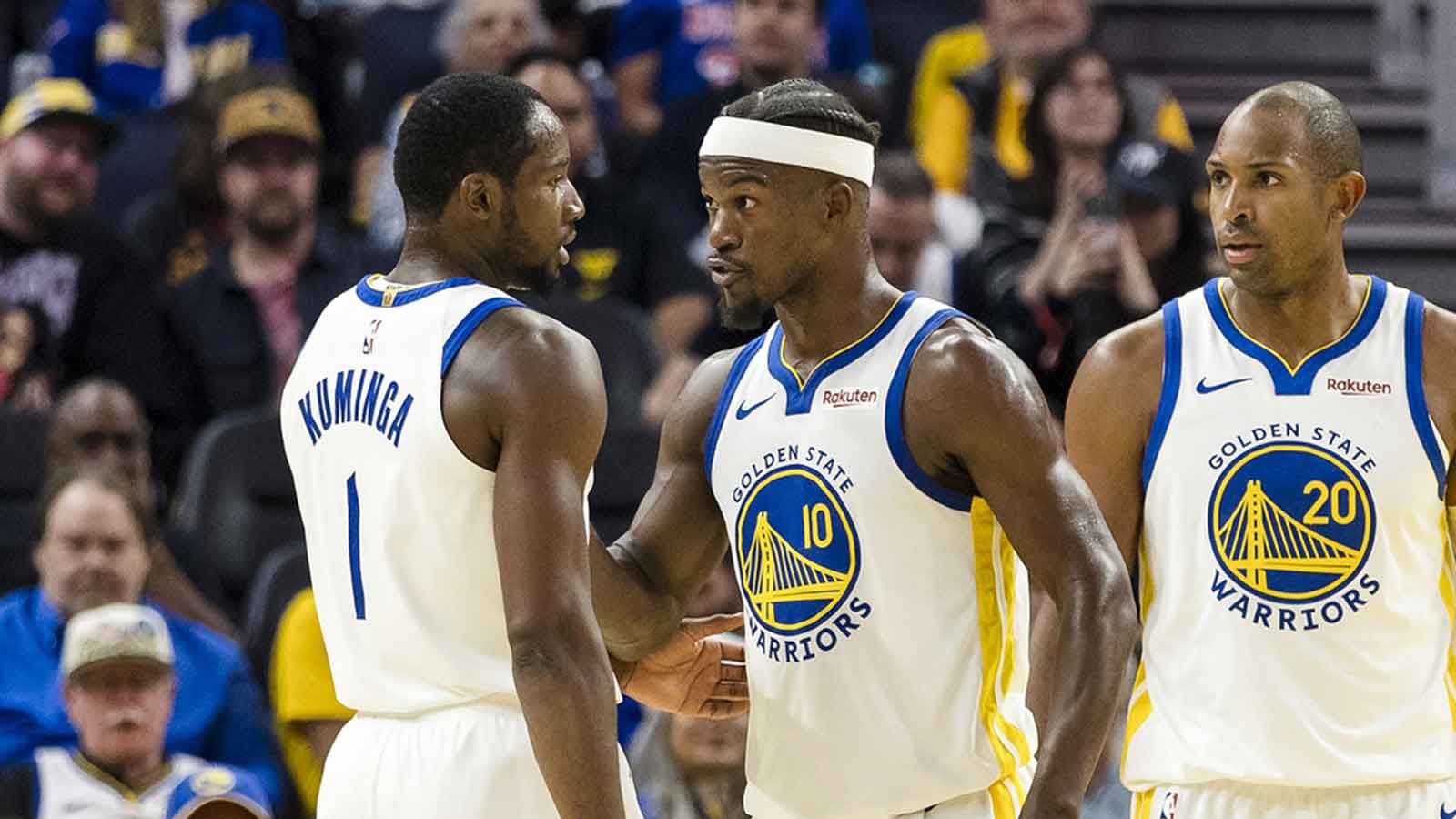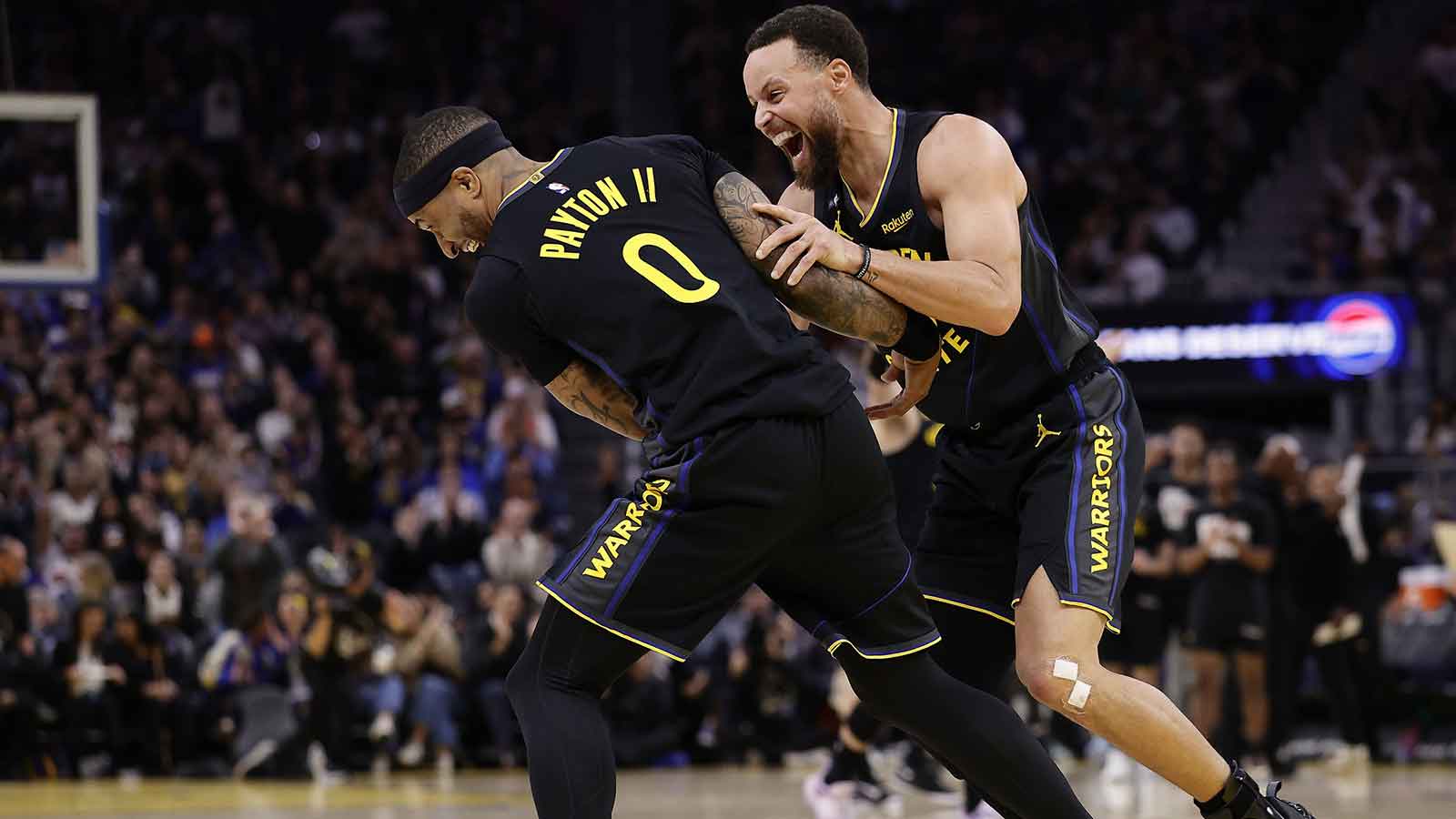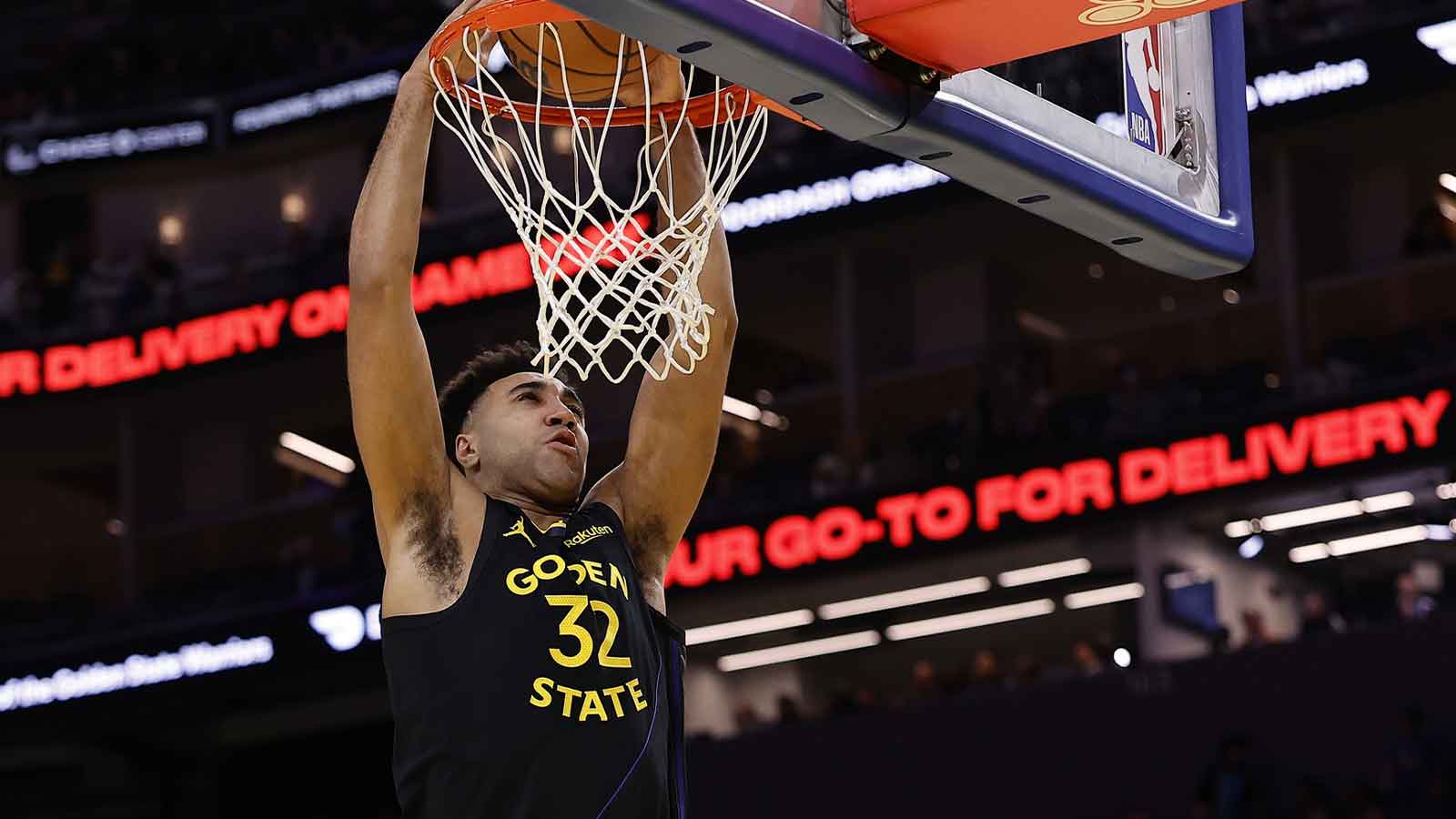The Golden State Warriors fell to the Los Angeles Lakers 113-105 on Sunday, breaking the defending champions' five-game winning streak. Here are three key reactions from the defending champions' tough loss in Steph Curry's long-awaited return to the floor.
Steph Curry brilliant, inconsistent in return
You can't much tell given the final box score, but it's clear Curry has some rust to shake off before regaining his normal form.
Playing for the first time in over a month on Sunday, he was scoreless until the 7:26 mark of the second quarter. Curry's first made basket was immediately followed by two more, a quick personal run of eight straight points that pulled his team within one after it got off to another dreadful start for the fifth(!) straight game.
Curry didn't score over the remainder of the first half. The third quarter came and went without him finding the bottom of the net as well, Los Angeles extending a one-point lead to six entering the final stanza behind Anthony Davis' two-way dominance.
Then the fourth quarter started, and Curry made clear he wouldn't be going down quietly. He opened the final stanza with a deep pull-up three in ball-screen action, suddenly bringing Golden State back to within one of the Lakers on an even more ridiculous off-dribble triple a few minutes later.
Steph Curry's reaction to his made 3-pointer 😂pic.twitter.com/1MUsAxpd5k
— ClutchPoints (@ClutchPoints) March 5, 2023
This Steph Curry 3-pointer was ridiculous 😱 pic.twitter.com/N3MIBe30vW
— ClutchPoints (@ClutchPoints) March 5, 2023
When Anthony Lamb drained a pick-and-pop three from Klay Thompson to tie the game at 91-91 with 5:37 left, Curry's eye-popping hand in 16 consecutive Warriors points had come to an end, completely changing the game.
Steph Curry has scored or assisted on all of the Warriors 16 points in the 4th quarter 😤 pic.twitter.com/ofJRDuxNX8
— ClutchPoints (@ClutchPoints) March 5, 2023
Curry's brief bench respite midway through the fourth quarter interrupted his rhythm. He had just one more basket upon returning with 4:42 left, a side-step three in transition after a heady push by Donte DiVincenzo.
Inconsistent brilliance from Curry in his first game since February 4th is a big-picture win for Golden State. Based on his best moments against the Lakers, it won't be long before the reigning Finals MVP gets back to regularly scraping his peak. But every win matters in the tightly packed, rough-and-tumble Western Conference, and Curry's palpable starts and stops on Sunday made it tough for the Warriors to manage much offensive continuity.
Warriors get back to avoiding the paint
The Warriors scored 52 points in the paint in Friday's hard-fought win over the New Orleans Pelicans and racked up 66 paint points—their second-most in a game this season—a few days earlier during a stirring comeback victory over the Portland Trail Blazers. Golden State managed just 40 paint points in its pivotal win over the LA Clippers between those outings, a total somewhat artificially deflated by 23-of-27 shooting at the free throw line.
Point being, the Warriors' recent surge has come in part due to a new commitment to creasing the paint—one that largely abandoned them facing Davis and the Lakers.
Golden State scored only 26 points in the paint on Sunday, tied for its second-lowest mark of 2022-23. The Warriors shot an ugly 12-of-29 from that hallowed ground, too, missing all nine of their tries from floater range and connecting on a below-average 13-of-21 (61.9%) from the restricted area.
Los Angeles' strategy of keeping Davis in a deep drop even when the likes of Curry and Thompson turn the corner play into that lack of productivity from the paint. The Warriors, after all, put up 51 triples, with Curry, Thompson and Jordan Poole each launching at least 10 attempts from beyond the arc. Many of those looks were of the quality variety, too. This game finishes differently if the Dubs' best shooters connect from deep just once more each.
Still, it's a bit frustrating—if not surprising—Golden State reverted back to relying so much on the long ball immediately upon Curry's return to the lineup. Large as Davis looms waiting in the paint, the Lakers aren't some elite rim-protecting team at large; they're top-10 in opponent's frequency of attempts but bottom-10 in rate of paint points allowed this season.
Keep an eye on the Warriors' paint points over these next few games. Curry's presence almost guarantees an uptick in three-point rate, but also creates more space inside the arc for his teammates to leverage his unsurpassed shooting threat by attacking the rim. Let's hope Golden State doesn't forget that as Curry's re-acclimation continues.
Who's in the new crunch-time five?
Andrew Wiggins' spot in the Warriors' starting five and closing five is ironclad when he's available and at his best. There's still no telling when he'll be back from a three-week absence due to personal reasons, though, and it goes without saying Wiggins will need some time to ramp back up to the speed, physicality and intensity of late-season basketball before becoming the player who at times outplayed Jayson Tatum and Jalen Brown with the Larry O'Brien Trophy on the line last June.
Kerr has some tough lineup decisions to make in the interim, all of which were on display in Los Angeles.
Jonathan Kuminga played just three minutes after intermission, riding the bench the entire fourth quarter. Poole was also shelved for crunch-time, as was Looney. Who did Kerr roll out next to Curry, Thompson and Draymond Green? DiVincenzo and Andre Iguodala, opting for defense and two-way versatility over athleticism, scoring punch and size.
Could Looney have made life harder than Iguodala and Green guarding Davis on the left block in the game's waning moments? Might Poole's imminent shot-making ability have opened up Golden State's clogged halfcourt offense? Kuminga's energy and explosiveness could've come in handy with the Dubs needing a rally, right?
DiVincenzo and Iguodala didn't lose this game for the Warriors. The former, in particular, played a huge role in the visitors having a chance at all, racing the ball up the floor to find Curry and Thompson for consecutive semi-transition threes.
At least until Wiggins returns, the configuration Golden State's closing five could be about mixing and matching dependent on circumstances of time, score and opponent. On Sunday, that meant DiVincenzo and Iguodala getting burn in the clutch. Don't be surprised if Kerr's crunch-time quintet looks different the next time this team is in a close game.







